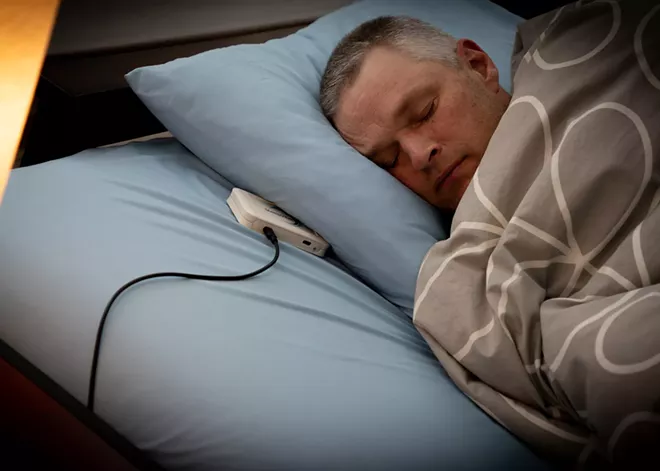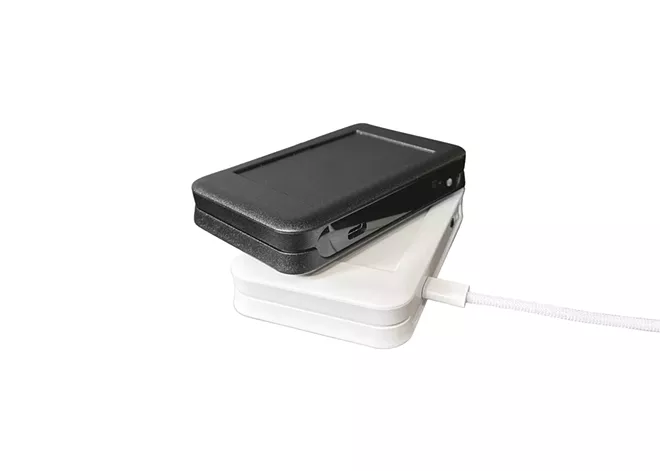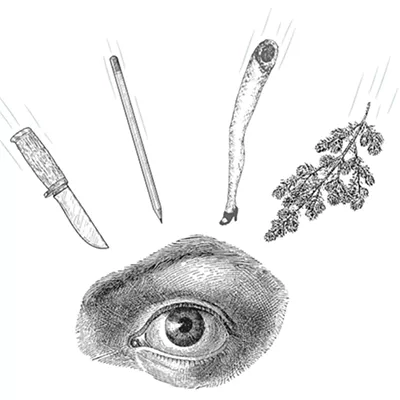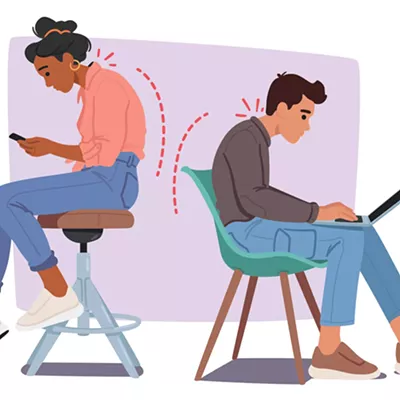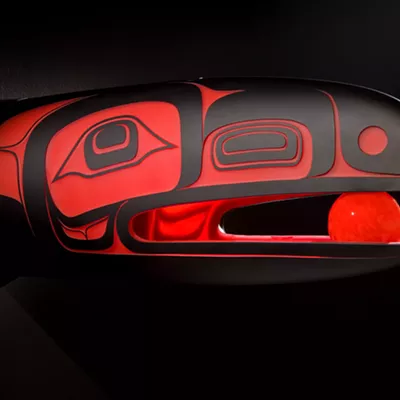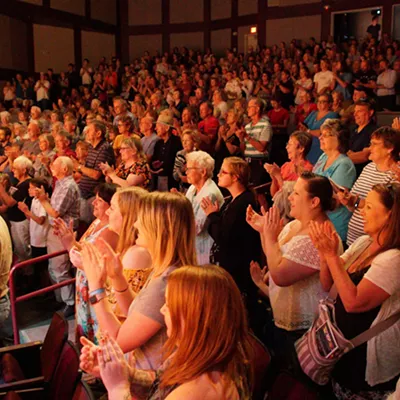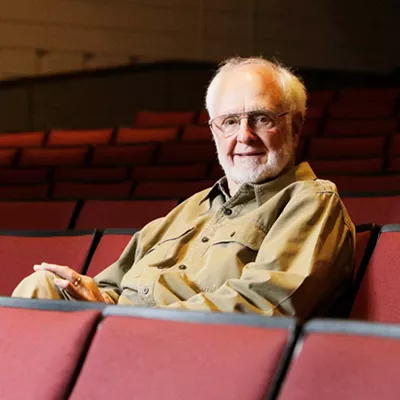There's a phenomenon of human hearing known as binaural beats. It occurs when two pure tones of different frequencies are played simultaneously, one into each ear.
Under these conditions, what the listener perceives is an illusory beat with the frequency of the difference between the two tones. As an example, if a tone of 425 hertz is being piped into a listener's left ear and 430Hz into their right, their brain will perceive an additional tone at 5 hertz, or 300 beats per minute.
Binaural beats might sound cutting-edge and futuristic, but they're not a modern discovery. The Prussian physicist Heinrich Wilhelm Dove first reported his findings along these lines back in 1839. And based on influential papers published during the 1920s and '30s, researchers were still actively pursuing the subject in the early part of the 20th century.
These days, the term "binaural beats" is more commonly found on Spotify playlists and YouTube videos promising relaxation, improved concentration and the most restful sleep. Putative benefits like these hinge on the idea that binaural beats have therapeutic qualities because of the way they affect brain activity.
But how substantive are those claims?
They may have some merit. Over the course of his career, audiologist Frank Musiek conducted extensive research on hearing, including publishing nine books and hundreds of articles. He points to recent studies that have analyzed the effects of binaural beats using electroencephalography (EEG), a testing method that measures electrical activity in the brain. EEG data is generally captured in terms of alpha, beta, delta, theta and gamma waves, with each category of wave corresponding to a different brain state, from deep sleep to high anxiety.
In these kinds of studies, researchers "are looking at whether or not binaural beats can enhance that entrainment of these different oscillations in the brain," he says.
"What they are finding is that, yes, when you have binaural beats, these waves seem to be slightly enhanced. And they feel that maybe this has something to do with the ability to relax, to become calmer and all sorts of things."
There's even a chance that binaural beats can be experienced when the tones fall below audible levels. One key study by J.J. Groen in 1964 titled "Super- and subliminal binaural beats" examined whether the phenomenon could be perceived when presented tones didn't quite meet the threshold of hearing.
The findings in Groen's study — and others that followed — suggested it was possible under certain circumstances. Musiek hypothesizes that this could stem from a kind of low-level triggering of the more sensitive auditory fibers that lead to the brain. We aren't quite "hearing" the presented tones, in other words, but our brain is still able to register them as a binaural beat.
Spokane-based mechanical engineer Jim Marsh became interested in binaural beats when his late wife, who had a form of amyotrophic lateral sclerosis (ALS), was unable to sleep through the night.
"It was during the pandemic, and I was usually the only caregiver. So I was sleeping less than one to three hours a night for months on end, and it really affected me and her as well," he explains. "Out of desperation, I created this technology."
The technology he's referring to is a form of 'non-audible' binaural beat that Marsh says is achieved through a proprietary low-power magnetic field. Instead of wearing headphones to deliver the tones via the ear, the listener uses a standalone localized device.
"You plug it in, put it next to your pillow, and just set and forget. It creates a field in the bed or around your pillow."
Marsh says that he fine-tuned the magnetic field for improved sleep by experimenting with different frequencies. The one he found to be the most effective is similar to what he describes as "Earth's natural frequency," a naturally occurring phenomenon called Schumann resonances.
"It's made from electrical strikes all around the Earth. That energy from the lightning striking or discharging in the atmosphere resonates in the Earth's atmosphere and creates a very low-level hum naturally."
Marsh began marketing his device as the SleepVibe in 2024. That was about two years after he started circulating development prototypes to friends and family based on the results he was seeing at home.
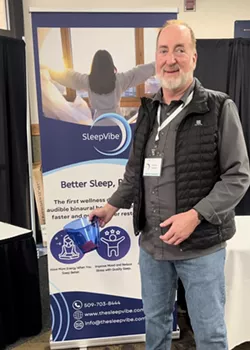
"When I first gave a prototype for my wife to try, we had a caregiver that would chase her around because she would just get up and walk after one to three hours. With SleepVibe, she slept eight hours straight through the night," he says.
According to Marsh, his volunteer prototype testers — a group of about 70 — also offered encouraging feedback. Many said that they slept more soundly and felt less fatigued. Some said it made their dreams more vivid.
"Two people did not want to give the units back because they said it was the best sleep they've gotten in decades," he says.
Pending approval from an institutional review board, SleepVibe will be undergoing a clinical trial at Washington State University's Sleep and Performance Research Center (SPRC). The results of that trial are anticipated around mid-July of this year. It's available to consumers online at thesleepvibe.com for $450 and is HSA/FSA eligible.
Musiek stresses that conclusions on the effects of binaural beats, audible or not, are still a long way from certainty, but the potential of this "fascinating issue" is worthy of exploration. He'd like to see more interdisciplinary work at the nexus of audiology, neurology and psychology.
"I think there is some good research out there that seems to indicate some [therapeutic] things. But it could go either way. With more research, maybe it could open up a really fantastic area of diagnostics and psychiatric treatments."

